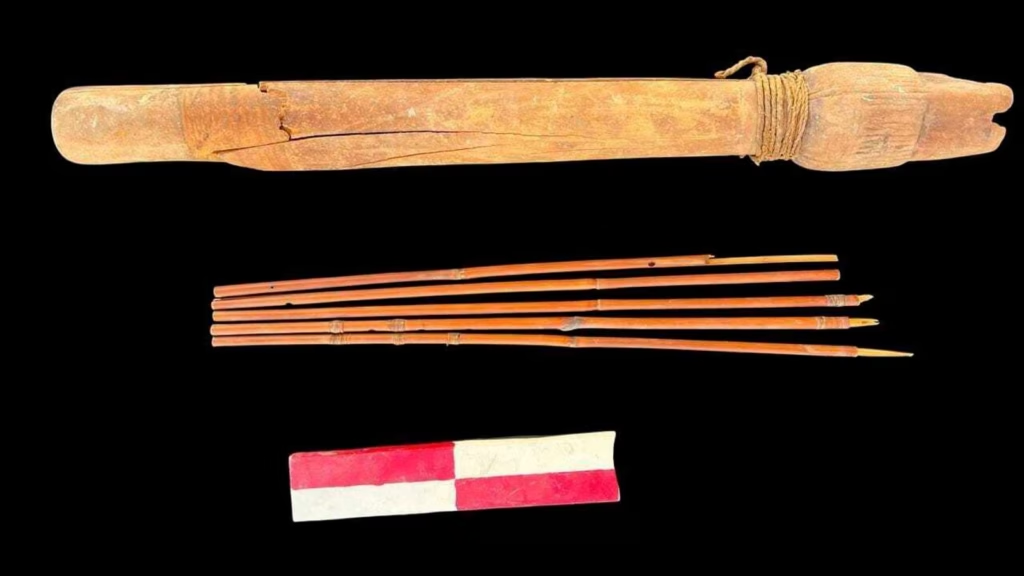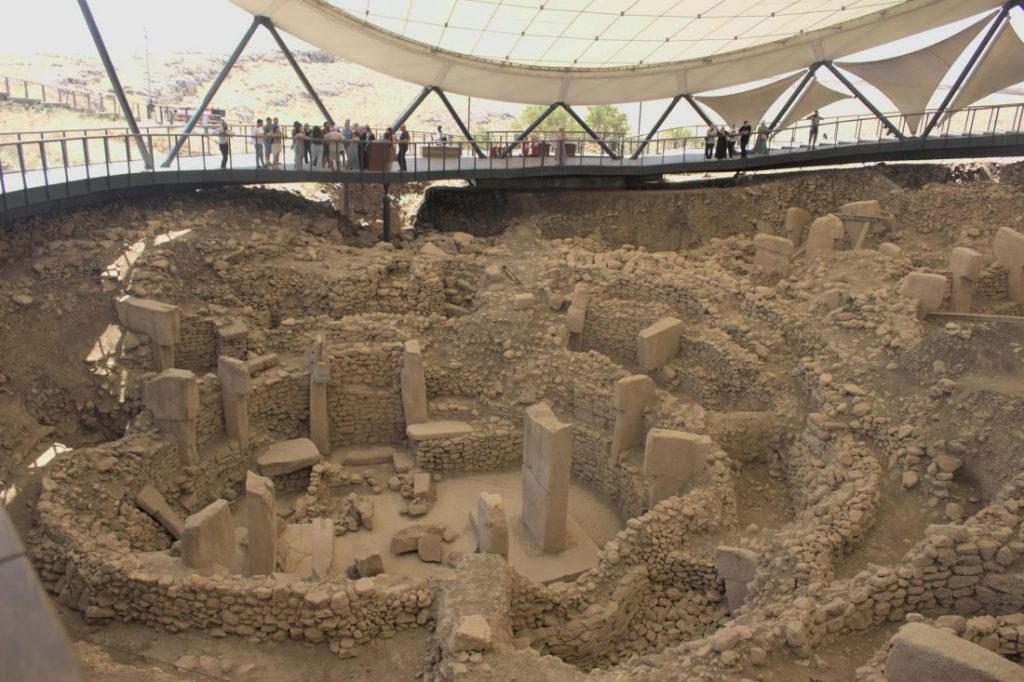Archaeologists in Egypt have uncovered three ancient tombs dating back more than 3,500 years, shedding new light on the lives of high-ranking officials during the New Kingdom period (circa 1550 BCE). The discovery was made in the Dra Abu el-Naga necropolis, located in the historic city of Luxor.
According to Egypt’s Ministry of Tourism and Antiquities, the tombs belong to prominent individuals, with inscriptions inside revealing their names, titles, and roles in ancient society. Further examination of the hieroglyphic texts is expected to provide deeper insights into the tomb owners and their time.
Details of the Discovery and the Tomb Owners
One of the tombs, although severely damaged, has been attributed to Amum-em-Ipet, an official from the Ramesside period. The other two tombs are believed to date back to the 18th Dynasty of ancient Egypt.
One of these tombs belonged to Baki, who served as the supervisor of the grain silos—an important position in ancient Egypt’s administrative system. The other tomb, belonging to an individual identified only by the initial “S,” reveals that he held multiple titles: he was a supervisor at the Temple of Amun, a scribe, and also served as the mayor of the northern oases.
The ministry also shared photographs of the artifacts and statues found within the tombs, offering a glimpse into the funerary practices and artistic achievements of the period.

A Boost for Cultural Tourism
Dr. Mohamed Ismail Khaled, Secretary-General of Egypt’s Supreme Council of Antiquities, described the discovery as both scientifically and culturally significant. He emphasized that ongoing studies would help expand our understanding of Egypt’s ancient history.
Egypt’s Minister of Tourism and Antiquities, Sherif Fathi, praised the find as a major archaeological breakthrough that could further enhance Egypt’s appeal as a top destination for cultural and heritage tourism.
A Window Into Egypt’s Glorious Past
This new discovery not only enriches our knowledge of the New Kingdom era but also highlights the importance of ongoing archaeological efforts in Egypt. With each new find, the world gains a clearer view of the complexity, culture, and grandeur of ancient Egyptian civilization.
Cover Image Credit: Egypt Ministry of Tourism and Antiquities





